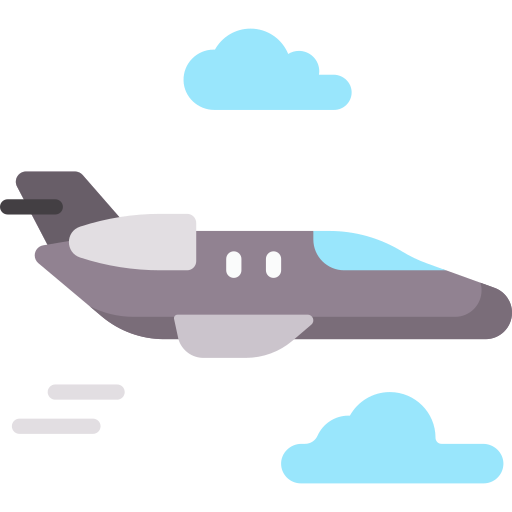Your First Private Jet: What to Know About Entry-Level Models
Entering the world of private aviation can be both exciting and daunting, especially for first-time buyers. Understanding entry-level models is crucial for making informed decisions that align with your needs and budget. Here’s a comprehensive look at what you should know about these aircraft, including their features, costs, and considerations.
Understanding Entry-Level Private Jets
Entry-level private jets are designed for individuals or small businesses looking to enhance their travel experience while maintaining cost-efficiency. Typically, these models seat between four to eight passengers comfortably and are characterized by their shorter range compared to larger jets. They are often the first choice for those new to private aviation.
Key Features of Entry-Level Jets
When evaluating entry-level private jets, several features should take precedence:
- Performance: Most entry-level jets are optimized for shorter flights, generally within a range of about 1,500 to 2,500 miles. This capacity makes them ideal for regional travel, like hopping between major cities.
- Cabin Comfort: While smaller than mid-range or large jets, the cabins of entry-level aircraft are designed for comfort, featuring seating configurations that maximize space and provide a pleasant travelling environment.
- Operator Efficiency: Entry-level jets often consume less fuel, making them cost-effective. The operational costs are generally lower, translating into savings on maintenance, insurance, and overall ownership.
- Avionics and Technology: Modern entry-level jets come equipped with advanced cockpit technology and passenger amenities such as Wi-Fi, entertainment systems, and customizable options.
Popular Entry-Level Models
Several models are recognized as leaders in the entry-level category. Here are a few notable examples:
| Model | Seats | Range (miles) | Approximate Cost (millions) |
|---|---|---|---|
| Embraer Phenom 100 | 4-6 | 1,160 | 4.5 |
| Cessna Citation Mustang | 4-5 | 1,200 | 3.0 |
| HondaJet HA-420 | 4-6 | 1,223 | 5.3 |
| Piper M600 | 4-5 | 1,400 | 2.9 |
Cost Considerations
The purchase price of an entry-level jet is just one aspect of the overall financial commitment. Beyond the initial acquisition cost, potential owners need to budget for:
- Operating Costs: This includes fuel, insurance, crew salaries, maintenance, and hangar fees. On average, annual operating costs for an entry-level jet range from $300,000 to $500,000.
- Financing and Depreciation: Depending on how one chooses to finance the purchase, the cost of capital can significantly influence overall ownership expenses. Entry-level jets tend to depreciate, but models like the Embraer Phenom 100 have demonstrated relatively stable resale values.
- Regulatory Considerations: Owners will also need to navigate regulatory and compliance costs associated with aircraft ownership, which may include registration, taxes, and compliance with aviation authorities.
Maintenance and Support
Proper maintenance is vital to ensure safety and longevity. Entry-level jets typically come with relatively straightforward maintenance requirements, but regular inspections and servicing are necessary. Owners should consider partnering with a reliable management company to handle maintenance logistics, ensuring compliance with all aviation regulations.
Conclusion
Purchasing your first private jet speaks volumes about your lifestyle, both professionally and personally. Entry-level jets provide a practical entry point into aviation, marrying comfort with efficiency. By understanding the features, costs, and responsibilities associated with these models, you position yourself for a successful initial foray into private aviation. With careful planning and consideration, your first private jet can serve as a valuable asset, transforming your travel experience.
